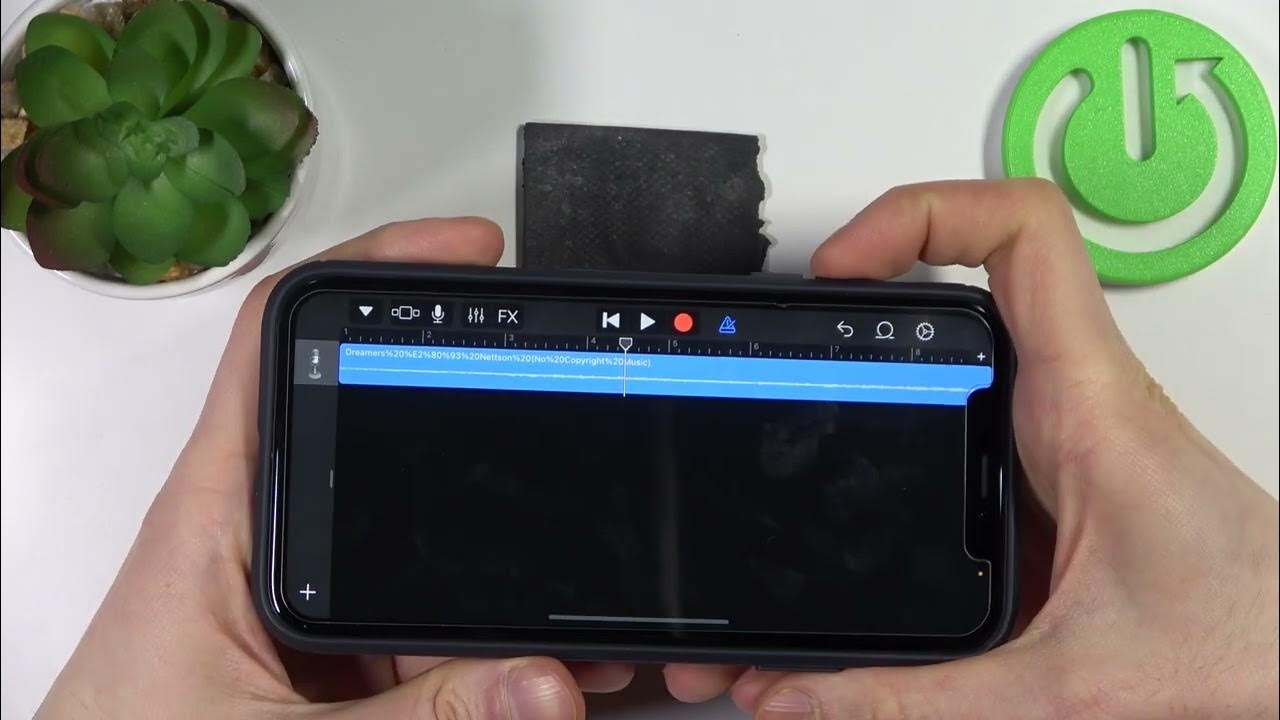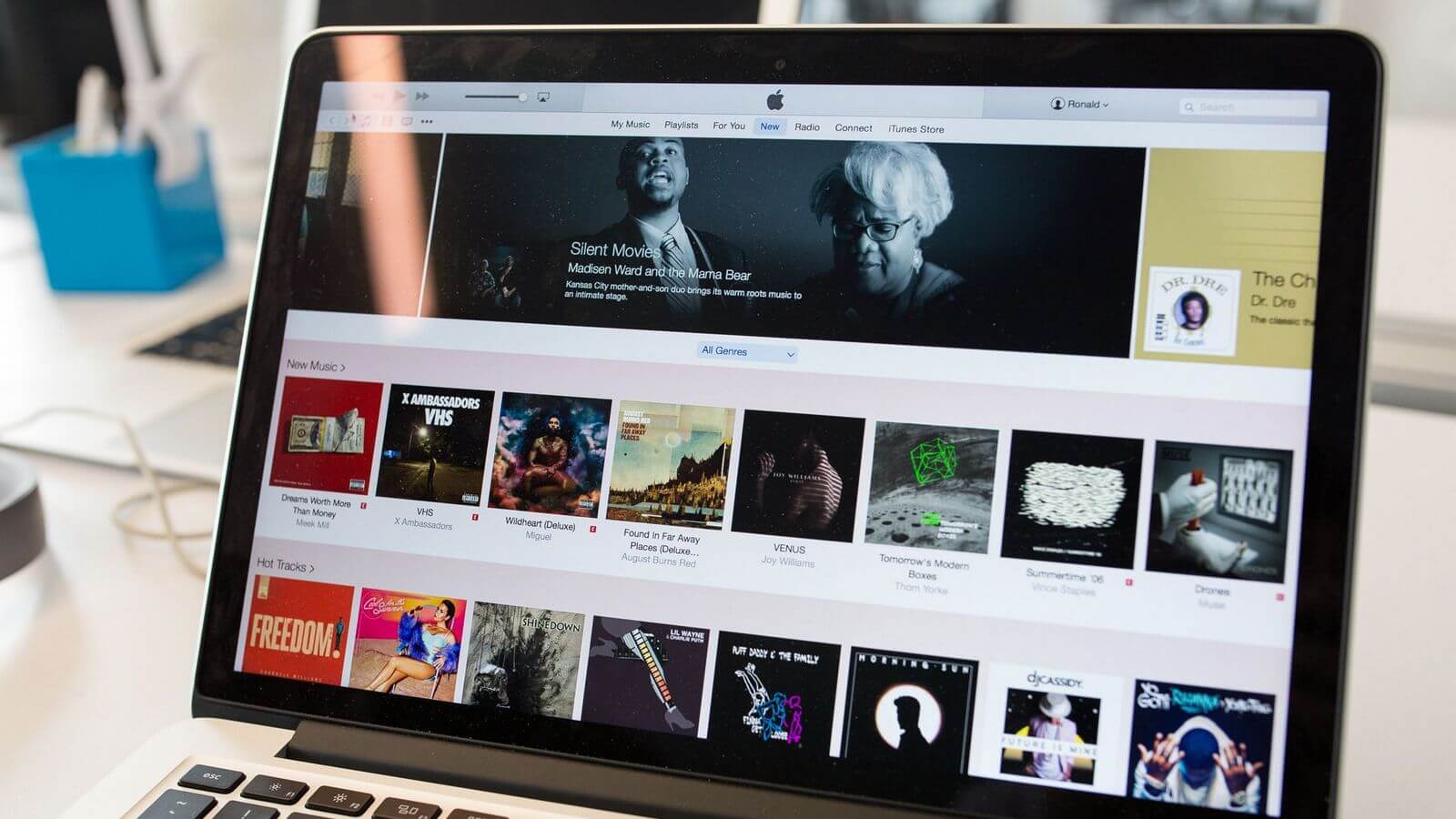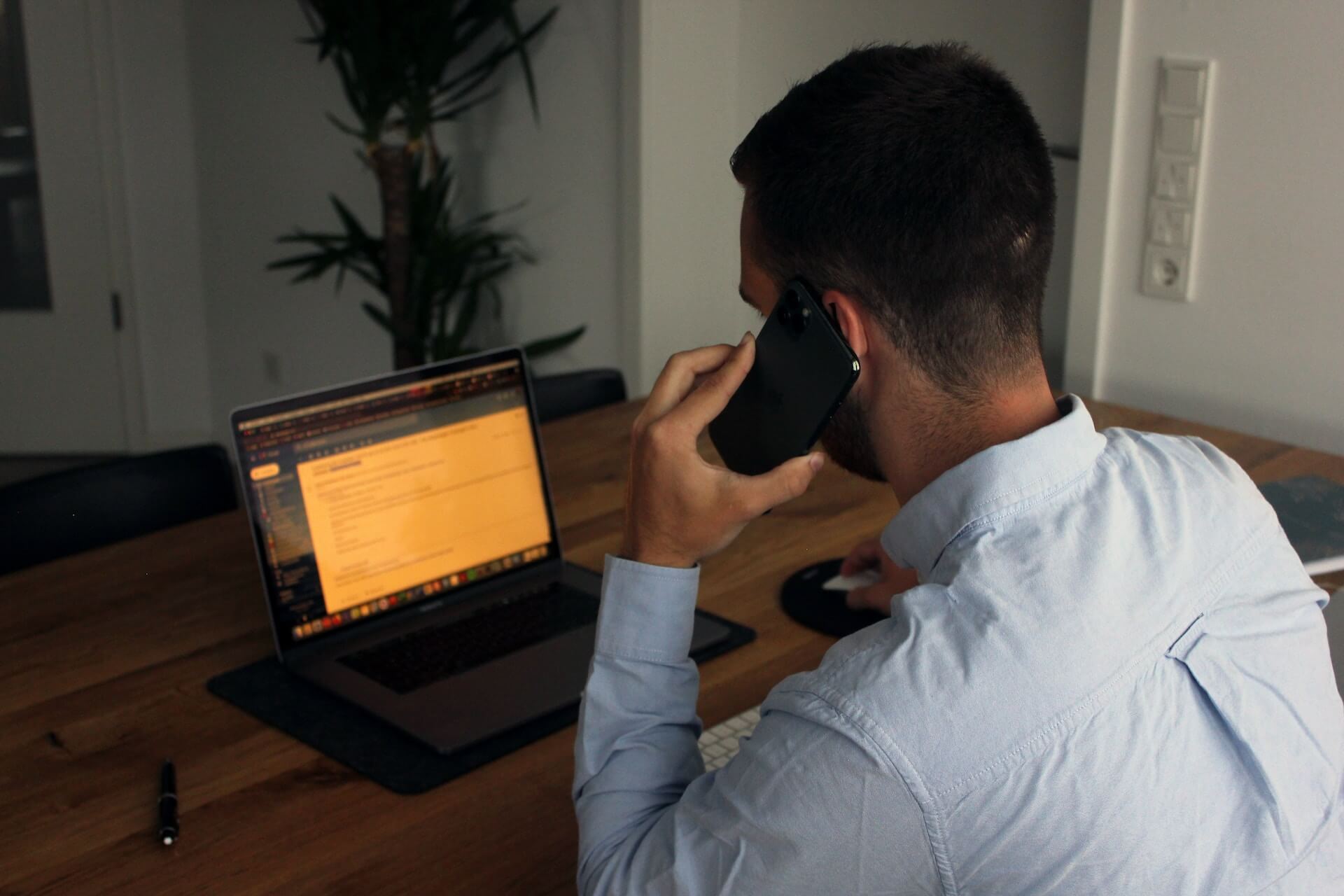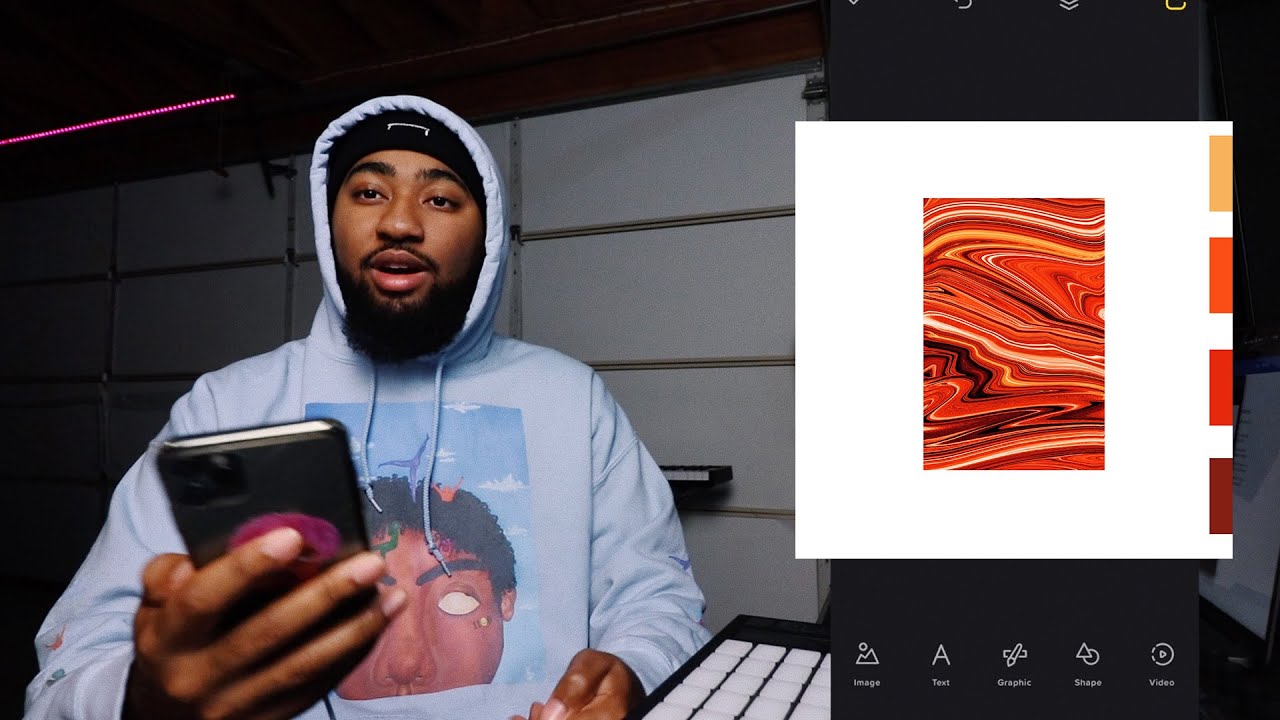Home>Production & Technology>Cover Song>How To Get The Rights To Sell A Cover Song
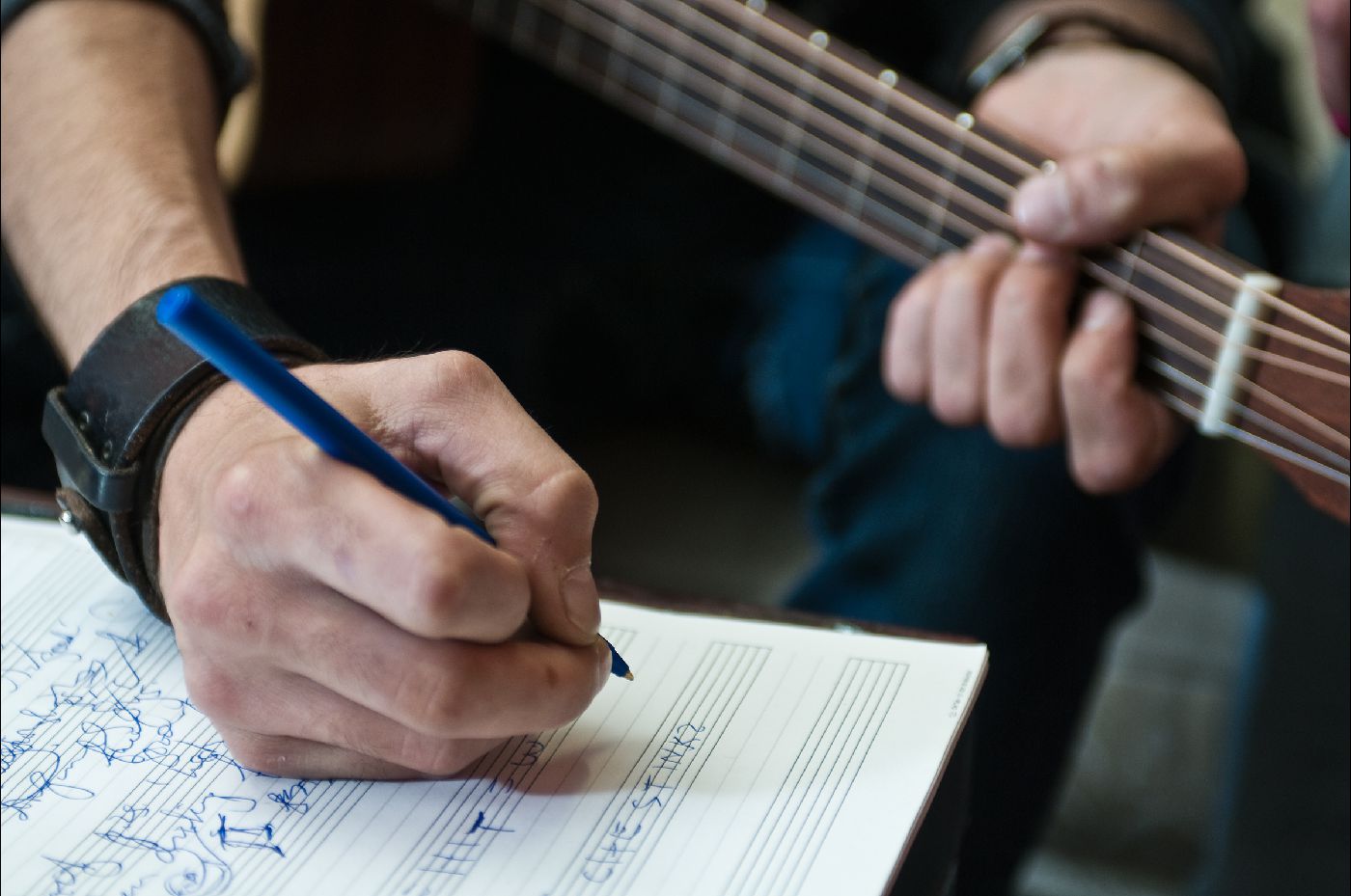

Cover Song
How To Get The Rights To Sell A Cover Song
Modified: January 22, 2024
Discover how to legally obtain the rights to sell a cover song. Unlock your potential in the music industry with our expert guidance and tips.
(Many of the links in this article redirect to a specific reviewed product. Your purchase of these products through affiliate links helps to generate commission for AudioLover.com, at no extra cost. Learn more)
Table of Contents
- Introduction
- Understanding Cover Song Rights
- Step 1: Determine if You Need Permission
- Step 2: Identify the Original Song Rights Holder
- Step 3: Obtain Mechanical License
- Step 4: Secure Synchronization License
- Step 5: Create and Submit License Requests
- Step 6: Negotiate Royalties and Fees
- Step 7: Finalize Licensing Agreements
- Conclusion
Introduction
Cover songs are a popular way for musicians to put their own spin on well-known tracks, adding their unique style and interpretation. While recording and performing cover songs can be an exciting endeavor, it’s crucial to understand the legal aspects and obtain the necessary rights before you can sell a cover song. In this article, we’ll dive into the process of getting the rights to sell a cover song, providing you with a comprehensive guide to navigate the world of cover song licensing.
When you cover a song, you are essentially taking someone else’s creation and performing your own rendition of it. This means that you need to acquire the legal rights to use and sell the song, as the original song’s copyright holder holds exclusive rights to their work. Getting the appropriate licenses and permissions ensures that you are not infringing on the original artist’s rights and helps you avoid legal complications down the line.
In the following sections, we will break down the steps you need to take to obtain the necessary permissions for selling a cover song. From determining if you need permission to negotiating royalties and fees, we will guide you through the process to help you navigate the complexities of cover song rights.
It’s important to note that the procedures for obtaining cover song rights can vary depending on the country and the specific circumstances. While we aim to provide a general overview, we encourage you to consult with a legal professional or a licensing agency to ensure compliance with the laws and regulations applicable to your situation.
Now, let’s dive into the details of how you can secure the rights to sell a cover song and embark on your journey to share your musical talents with the world.
Understanding Cover Song Rights
Before delving into the process of obtaining the rights to sell a cover song, it’s important to have a clear understanding of what cover song rights entail. When you cover a song, you are essentially using someone else’s copyrighted material and putting your own spin on it. As a result, you need to obtain proper licenses and permissions to ensure you are legally allowed to sell your version of the song.
There are two main rights involved in cover songs: the mechanical license and the synchronization license. The mechanical license grants you the right to reproduce and distribute the song in a recorded format, such as on CDs or digital downloads. The synchronization license, on the other hand, allows you to use the song in conjunction with visual media, such as in a music video or a film.
It’s important to note that cover songs fall under a compulsory mechanical license. This means that as long as you meet certain criteria, such as not changing the fundamental character of the song, you are entitled to obtain a mechanical license. However, acquiring a synchronization license is not compulsory, and you will need permission from the original song’s copyright holder to use the song in visual media.
Additionally, it’s crucial to differentiate between selling a cover song and performing a cover song. When you perform a cover song live, you typically don’t need a license, as venues usually have blanket licenses in place that cover performances of copyrighted material. However, when it comes to selling a cover song, whether through digital platforms or physical copies, you must obtain the necessary licenses to ensure compliance with copyright laws.
Understanding the intricacies of cover song rights is essential to navigate the process smoothly and avoid potential legal issues. In the next sections, we will guide you through the steps to determine if you need permission, identify the original song rights holder, and obtain the required mechanical and synchronization licenses to sell your cover song.
Step 1: Determine if You Need Permission
Before embarking on the process of obtaining cover song rights, it’s crucial to determine whether or not you need permission to sell your cover song. In most cases, you will need to obtain licenses to ensure you are legally allowed to distribute your version of the song. However, there are a few scenarios where you may not require permission:
- Public Domain: If a song is in the public domain, it means that the copyright has expired, and anyone can use and sell the song without obtaining permissions. However, it’s important to note that determining whether a song is in the public domain can be complex, and it’s recommended to consult with a legal professional or licensing agency to confirm the status of the song.
- Compulsory Mechanical License: As mentioned earlier, a cover song falls under a compulsory mechanical license, meaning that you are entitled to record and distribute your version of the song as long as you meet certain criteria. These criteria include not making substantial changes to the lyrics or melody of the original song. However, you will still need to obtain proper licensing and pay royalties to the original song’s copyright holder.
- Creative Commons License: Some artists release their music under a Creative Commons license, which allows others to use and sometimes sell their songs without seeking explicit permission. However, it’s important to carefully review the specific terms and conditions of the Creative Commons license to ensure compliance with any requirements or restrictions.
If the song you want to cover does not fall into any of the above categories, it’s likely that you will need to seek permission and obtain licenses to sell your cover song. This involves contacting the original song’s copyright holder and following the proper procedures, which we will outline in the subsequent sections of this article.
Remember, it’s always better to err on the side of caution and seek permission, even if you believe you may not require it. This will help you avoid any legal complications and ensure that you are respecting the rights of the original artist.
Step 2: Identify the Original Song Rights Holder
Once you have determined that you need permission to sell a cover song, the next step is to identify the original song rights holder. The rights holder is the individual or entity that owns the copyright to the song and has the authority to grant you the necessary licenses to use and sell your cover version.
Identifying the rights holder can be a bit of a challenge, especially for older songs or songs with multiple writers. Here are a few steps you can take to help you in this process:
- Perform a Copyright Search: You can start by conducting a copyright search to find out who owns the rights to the song. In the United States, you can search the United States Copyright Office database, while other countries may have their own copyright registries or databases available for public access.
- Use Performing Rights Organizations: Performing Rights Organizations (PROs) such as ASCAP, BMI, and SESAC can be valuable resources for finding the rights holder. These organizations represent songwriters and publishers and can provide information on who to contact for licensing. Their databases often include information about songwriters, publishers, and the songs they represent.
- Contact Music Publishers and Record Labels: Music publishers and record labels often have information about the rights holders of songs they have worked with. Reach out to these organizations to inquire about the original rights holder of the song you want to cover.
- Utilize Online Music Databases: Online music databases like Discogs, AllMusic, and MusicBrainz can provide valuable information about song credits and the individuals involved in the creation of the song. These databases can be helpful in identifying the original rights holder.
It’s important to note that for some well-known songs, the rights holders may be major music publishing companies. In such cases, you may need to reach out to the publishing company rather than directly contacting individual songwriters.
Once you have identified the rights holder, you can proceed to the next step of obtaining the necessary licenses to sell your cover song. In the following sections, we will guide you through the process of obtaining a mechanical license and a synchronization license, if required, to ensure you are legally covered to distribute your cover version.
Step 3: Obtain Mechanical License
After identifying the original song rights holder, the next step in obtaining the rights to sell a cover song is to secure a mechanical license. A mechanical license grants you the permission to reproduce and distribute your recorded version of the song. In most cases, the mechanical license is compulsory, meaning that as long as you meet certain criteria, you are entitled to obtain the license.
The process of obtaining a mechanical license may vary depending on your country and the specific circumstances, but here are some general steps you can follow:
- Research Mechanical Licensing Agencies: Mechanical licensing agencies specialize in obtaining and administering mechanical licenses on behalf of songwriters and music publishers. Research and identify the appropriate agency for your region and the specific song you want to cover.
- Submit a License Request: Contact the mechanical licensing agency and submit a license request for the song you want to cover. Provide all the necessary details, including the title of the song, the original artist, and the proposed recording format (e.g., CD, digital download).
- Pay the Royalties: Mechanical licenses require you to pay royalties, which are typically based on a statutory rate or a percentage of your sales. The licensing agency will provide you with the information on the required royalties and the payment process.
- Maintain Documentation: Keep a record of your license agreement, payment receipts, and any other relevant documentation as proof that you have obtained the mechanical license for the song.
It’s important to note that some countries have collective licensing organizations that represent multiple publishers and songwriters. These organizations simplify the licensing process by offering blanket licenses that cover a large catalog of songs. In such cases, you may be able to obtain a mechanical license through these organizations rather than contacting individual rights holders.
While a mechanical license grants you the right to reproduce and distribute your cover version, it’s essential to adhere to the terms and limitations set by the license. This may include restrictions on altering the lyrics or melody of the original song, as well as limitations on the number of copies you can produce or the platforms on which you can sell your cover song.
By obtaining a mechanical license, you ensure that you are legally covered to sell your cover song and comply with copyright laws. In the next section, we will explore the process of securing a synchronization license, which is necessary if you plan to use the song in conjunction with visual media.
Step 4: Secure Synchronization License
If you plan to use your cover song in conjunction with visual media, such as a music video, film, or commercial, you will need to secure a synchronization license. A synchronization license grants you the right to synchronize your cover version with visual content.
While a mechanical license is compulsory for covering and distributing a song, a synchronization license is not. This means that you need explicit permission from the original rights holder to use the song in visual media. Here are the steps to secure a synchronization license:
- Contact the Rights Holder: Reach out to the original song rights holder, which could be the songwriter, music publisher, or their representative, and inquire about obtaining a synchronization license. Provide details about your project, including the nature of the visual media and how you plan to use the cover song.
- Negotiate Terms and Fees: Engage in negotiations with the rights holder to determine the terms and fees associated with the synchronization license. This may include discussing the duration of the license, territory restrictions, and the royalties or upfront fees you will need to pay.
- Draft a Licensing Agreement: Once you have reached an agreement, it’s essential to document the terms of the synchronization license in a licensing agreement. The agreement should outline the rights granted, the compensation structure, and any additional terms or conditions agreed upon.
- Publishing Administration Companies: In some cases, the original rights holder may work with a publishing administration company that handles synchronization licensing on their behalf. If this is the case, you can reach out to the publishing administration company to discuss the synchronization license.
Securing a synchronization license allows you to legally incorporate your cover song into visual media while respecting the rights of the original song rights holder. It’s important to note that the fees and terms associated with synchronization licenses can vary significantly depending on factors such as the popularity of the song, the size of the intended audience, and the scope of the project. Be prepared for negotiations and consider consulting with a legal professional or music licensing agency for guidance.
Once you have obtained both the mechanical license and the synchronization license, you can proceed to the next steps of creating and submitting license requests, negotiating royalties and fees, and finalizing the licensing agreements. We will explore these steps in detail in the following sections.
Step 5: Create and Submit License Requests
After obtaining the necessary mechanical and synchronization licenses, you are ready to move on to the next step: creating and submitting license requests. This step involves providing all the required information about your cover song to ensure that your licensing process is seamless and efficient.
Here are the key steps to create and submit license requests:
- Gather Information: Compile all the essential details about your cover song, including the song title, the original artist, the release date of your version, the format in which you plan to distribute the song (CDs, digital downloads, etc.), and any other relevant information.
- Fill Out License Request Forms: Contact the appropriate licensing agencies, publishers, or collection societies and ask for the appropriate forms to request licenses for your cover song. Fill out the forms accurately and completely, providing all the necessary details.
- Include Supporting Materials: Along with the license request forms, you may need to submit supporting materials such as audio recordings or sample clips of your cover song. This will help the rights holders assess your version and determine the appropriate licensing fees and royalties.
- Pay Application Fees: Some licensing agencies or publishers may require you to pay an application fee when submitting your license request. Make sure to include the payment, if applicable, along with your completed forms and supporting materials.
- Submit License Requests: Once you have filled out the necessary forms and gathered all the required materials, submit your license requests to the appropriate parties. Ensure that you follow the specified submission guidelines and provide any additional information requested.
Submitting comprehensive and accurate license requests can expedite the licensing process and minimize potential delays or complications. Remember to keep copies of all correspondence, forms, and payment receipts as documentation of your license requests.
It’s important to note that the time it takes to process license requests can vary depending on factors such as the complexity of the song, the responsiveness of the rights holders, and the workload of the licensing agencies or publishers. Patience and effective communication are key throughout this process.
In the next step, we will explore how to negotiate royalties and fees associated with your cover song. This step is crucial to ensure fair compensation for the use of the original song and to establish a mutually beneficial agreement with the rights holders.
Step 6: Negotiate Royalties and Fees
Once you have submitted your license requests and the rights holders have reviewed your cover song, it’s time to move on to the negotiation phase. This step involves discussing and settling upon the royalties and fees associated with your cover song.
Negotiating royalties and fees is an essential part of the licensing process, as it determines how much you will need to compensate the rights holders for the use of their original song. Here are some important considerations and steps to help you navigate this negotiation:
- Research Standard Royalty Rates: Before entering negotiations, research the standard royalty rates for cover songs in your industry or region. This will give you an idea of what to expect and help you establish a starting point for your negotiations.
- Consider the Scope and Potential Revenue: Take into account the scope of your project, the intended audience reach, and the potential revenue it may generate. This information can be helpful when discussing royalty percentages or fees with the rights holders.
- Be Prepared to Provide Sales Projections: In some cases, the rights holders may request sales projections or revenue estimates for your cover song. Prepare these figures in advance, taking into account factors such as marketing efforts, distribution channels, and target demographics.
- Understand the Value of Your Version: Highlight the unique qualities and value of your cover version. If your rendition offers a fresh interpretation or has the potential to attract a new audience, emphasize these aspects during negotiations to potentially secure more favorable terms.
- Be Open to Negotiation: Negotiations should be a collaborative process. Be open to discussing different options and finding a mutually beneficial agreement. Understand that the rights holders also need to protect their interests and ensure fair compensation for their original work.
- Document Terms and Agreements: Once both parties have agreed upon the royalties and fees, it’s crucial to document the terms in a licensing agreement. Clearly outline the agreed-upon percentages, payment schedule, and any other relevant details to ensure both parties are in alignment.
- Seek Legal Advice if Needed: If negotiations become complex or you have concerns about the terms being proposed, consider seeking advice from a legal professional with expertise in music licensing. They can help you navigate the negotiation process and provide guidance to protect your interests.
Successful negotiation of royalties and fees is crucial for maintaining positive relationships with rights holders and ensuring a fair and sustainable agreement. Once the terms are agreed upon, you can proceed to the final step of finalizing the licensing agreements.
In the following section, we will explore how to finalize the licensing agreements to secure the legal rights for selling your cover song.
Step 7: Finalize Licensing Agreements
After negotiating the royalties and fees for your cover song, the final step is to formalize the licensing agreements with the rights holders. Finalizing the agreements solidifies the terms and ensures that both parties are clear on their rights and obligations. Here’s what you need to do to complete this step:
- Draft Licensing Agreements: Prepare the licensing agreements that outline the terms and conditions agreed upon during the negotiation process. Include details such as the title of the song, the names of the original rights holder and the covering artist, the scope of the license (mechanical, synchronization, or both), royalties or fees to be paid, and any other relevant terms.
- Review the Agreements: Carefully review the licensing agreements to ensure that all agreed-upon terms are accurately reflected. Check for any potential ambiguities or inconsistencies. If necessary, seek legal counsel to assist you in this process to ensure that the agreements protect your rights and interests.
- Obtain Signatures: Send the licensing agreements to the rights holders for their review and signature. Make sure to provide clear instructions regarding the signing and returning of the agreements. Maintain communication throughout this process to address any concerns or questions that may arise.
- Keep Records: Once the agreements are signed and returned, maintain copies of the fully executed agreements for your records. These documents serve as proof of your legal right to sell and distribute your cover song.
- Comply with the Agreements: As a responsible licensee, it is important to adhere to the terms and conditions outlined in the licensing agreements. This includes timely payment of royalties, accurate reporting of sales and usage, and any other obligations specified in the agreements.
Finalizing the licensing agreements provides you with the necessary legal documentation and peace of mind to distribute and sell your cover song within the agreed-upon terms. It also ensures that you are respecting the rights of the original rights holders and maintaining a professional and ethical approach to your music career.
Remember, the licensing agreements are legally binding, and it’s essential to fulfill your obligations as a licensee. Any changes or modifications to the agreements should be discussed and documented in writing to avoid any misunderstandings or disputes in the future.
With the licensing agreements finalized, you can confidently move forward with the distribution and sale of your cover song, sharing your unique rendition with the world.
Conclusion
Obtaining the rights to sell a cover song involves navigating through various legal processes and negotiations. By following the steps outlined in this guide, you can ensure that you are on the right track to securing the necessary licenses and permissions to distribute your cover version legally.
Understanding the concept of cover song rights, determining if you need permission, identifying the original song rights holder, and obtaining mechanical and synchronization licenses are crucial steps in the process. Additionally, creating and submitting license requests, negotiating royalties and fees, and finalizing licensing agreements are essential for maintaining proper legal compliance and building positive relationships with the rights holders.
Throughout the entire process, it’s important to remain patient, respectful, and diligent. Communicate clearly and effectively with the rights holders, be prepared for negotiations, and seek legal advice if needed. Remember, by obtaining the necessary licenses and permissions, you are not only protecting yourself from potential legal issues but also respecting and compensating the original creators for their work.
Lastly, it’s crucial to stay informed about the specific laws and regulations pertaining to cover songs in your country or region. Copyright laws may vary, and it’s always recommended to consult with a legal professional or music licensing agency for guidance tailored to your situation.
With the proper cover song rights in place, you can confidently share your unique interpretations of beloved songs with the world, connect with your audience, and express your artistic vision in an authentic and legal manner.





